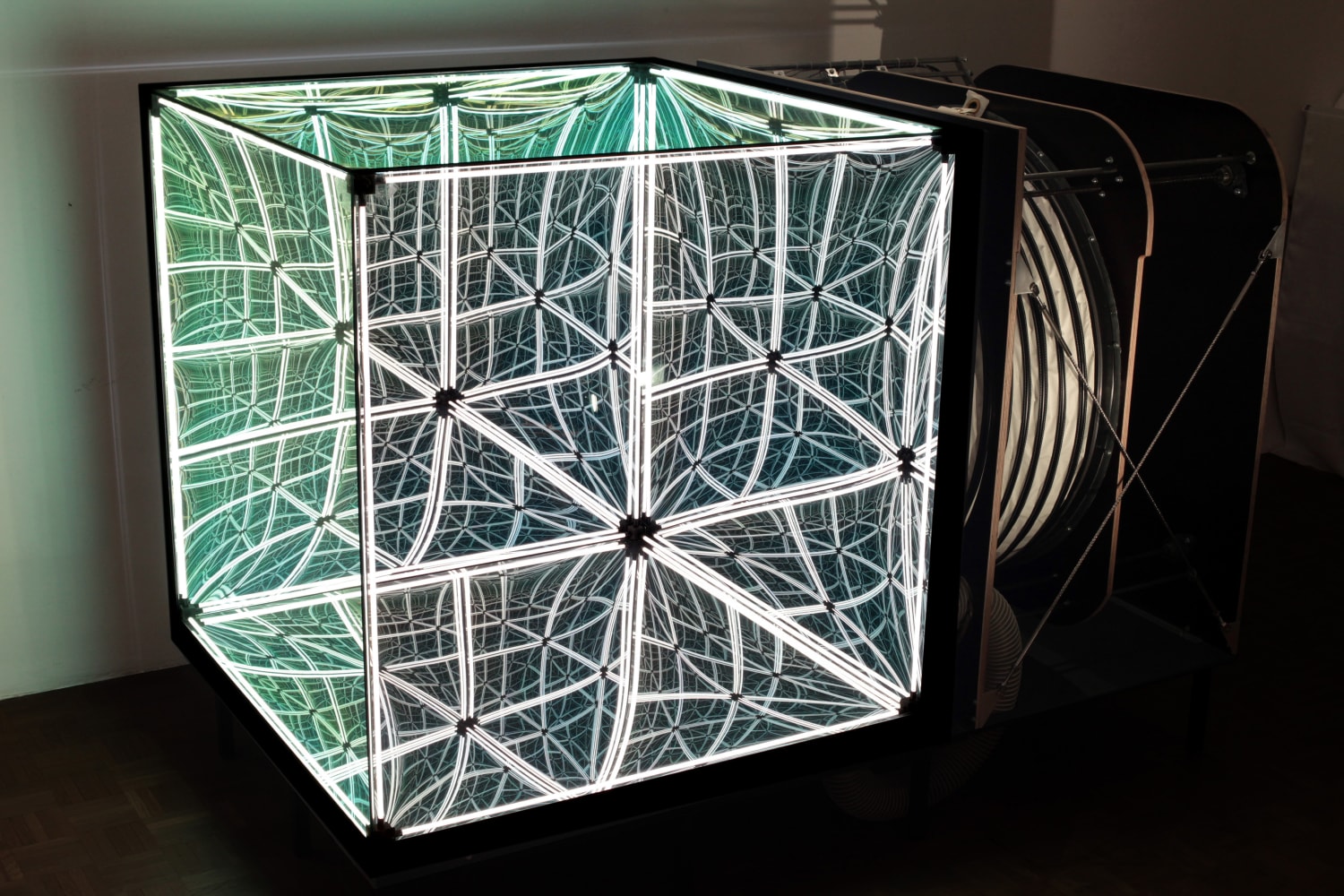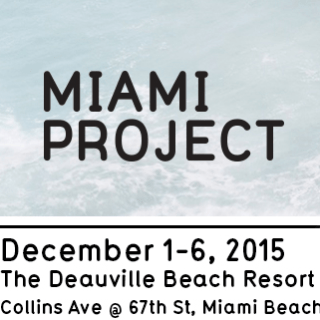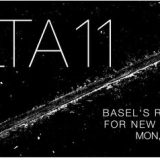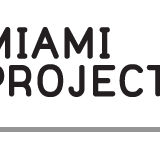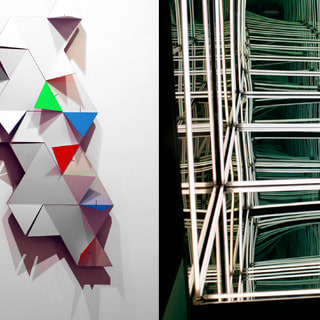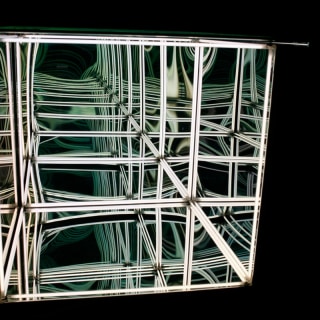
BIO – Numen / For Use
Numen/For Use is a collective working in the fields of scenography, industrial and spatial design and conceptual art.
The group first formed in 1998 as a collaborative effort of industrial designers Sven Jonke, Christoph Katzler and Nikola Radeljković under the banner For Use.
In 1999, they establish Numen as a collective identity covering all projects actualised outside the sphere of industrial design.
From 2004 onwards, after setting up a large scale site-specific project for the production of “Inferno” in the National Centre for Drama in Madrid, Numen/ For Use become intensely involved with scenography. Further realisations in theatres across Europe ensue.
Since 2008 the collective turns its focus towards configuring objects and concepts without a predefined function, an activity resulting in the more hybrid and experimental works such as the Numen-Light series and Tape, Net, Tuft or Net Blow-up, String ...
Statement – Numen / For Use
“In the Numen Light project we used "spy glass" as means for experimenting with geometric spatial nets outlined by beams of light. The focus was primarily on the study of perception, spatiality and perspective. Depending on the position of the light source, first in the line of objects is perceived as either an enigmatic reflective cube or a vertiginous display of an orthogonal neon grid collapsed into the depths of infinite multiplication - a virtual abyss unlocked by purely analog means.”
In Membrane objects, three out of six surfaces of the cube are made of flexible membrane (foil mirror) with air tank and a compressor connected to it and the other three mirrors are semi transparent spy-glass. By inflating or deflating the air tank, the membrane turns convex or concave, deforming the reflections. What unfolds is a cube that appears to contain an infinite universe. "Membrane cube, constructed of see-through mirrors and foil-membrane mirrors, begins its deformation in a cartesian, endless three-dimensional grid," explained designers Sven Jonke, Christoph Katzler and Nikola Radeljković. The edges of the cubes are marked by narrow lighting tubes, so as visitors peer inside the cube they are faced with a limitless grid of light that gradually expands and contracts. "In one of the extreme deformations of the inner cube, this grid is bent and compressed in concave voids. In the other, after passing through 'normal' stage, we are confronted with total destruction of space. Within a few seconds, all our sensory knowledge of space, our stable firm ground is taken away from us," said the designers. "After the first shock, the fall turns into thrill," they added. "The crystal clear reflections of glass see-through mirrors and rough appearance of screw-driven mechanism of the below exclude any possibility of digital illusion, physically assuring us that the deformation and the disintegration is for real N-Light Membrane was first presented in 2011 at the Rizzordi Art Foundation in St Petersburgand was then shown at Palazzo Bembo in Venice as part of the Time Space Existence exhibition during the Venice Architectural Biennale in 2014.






